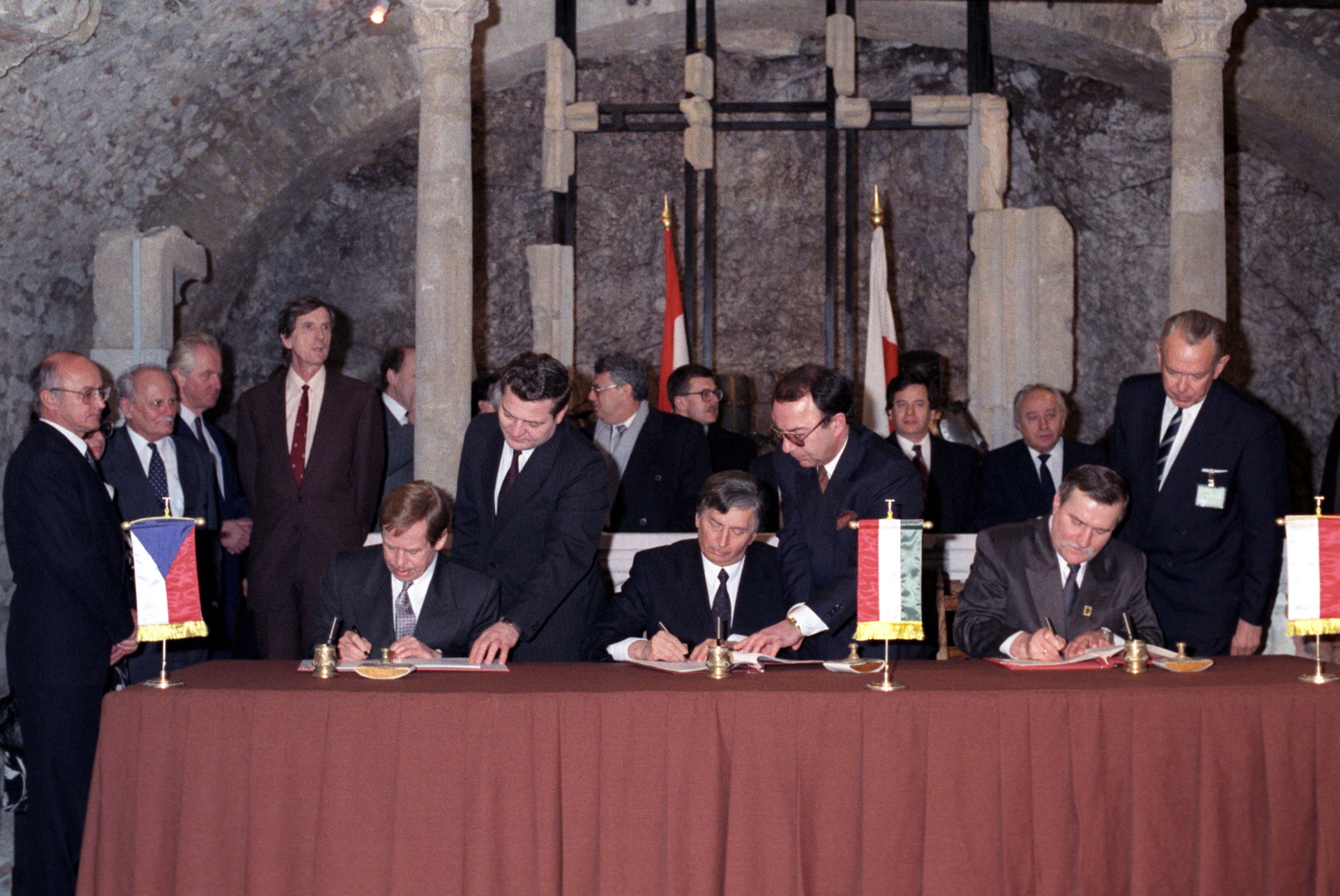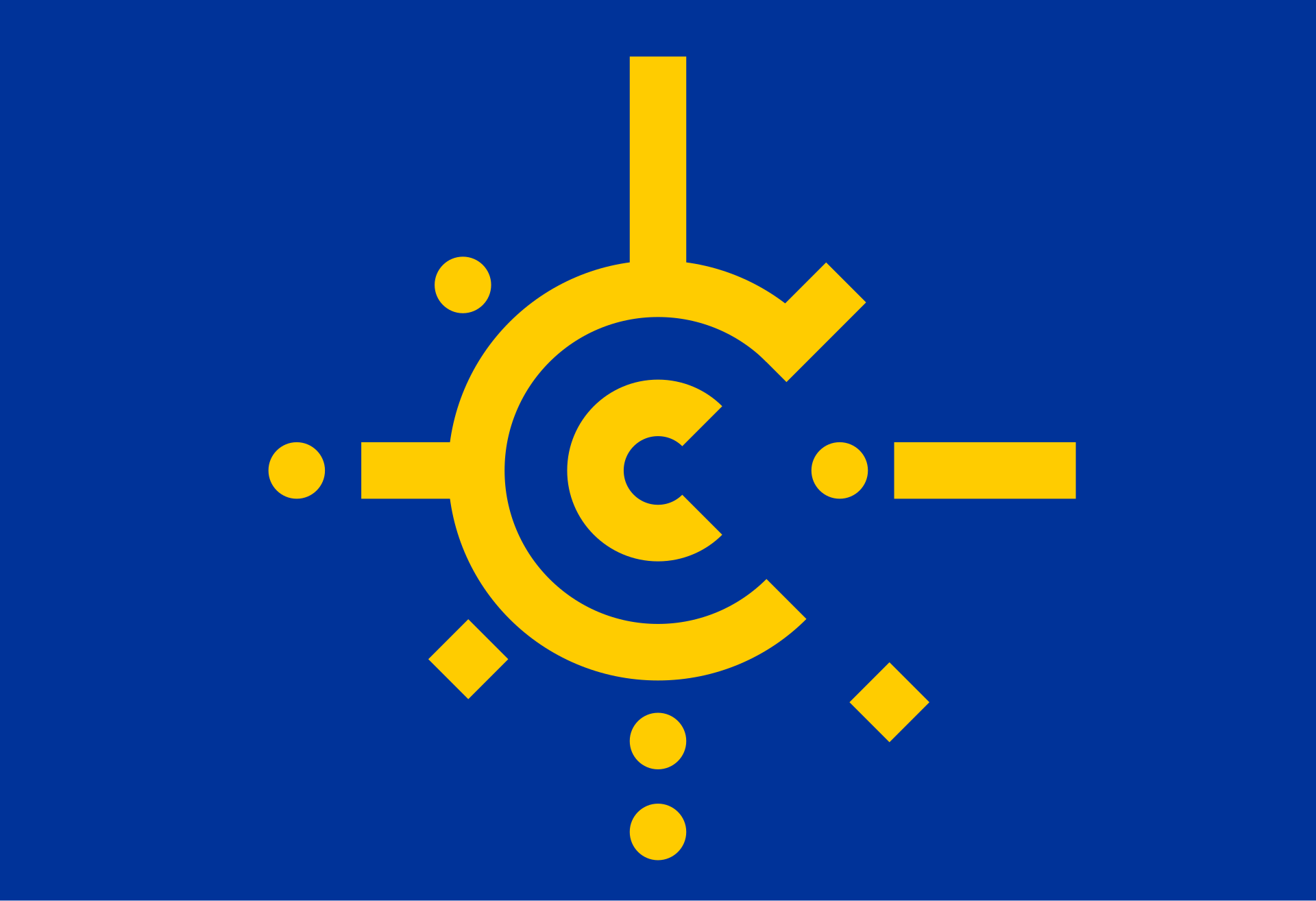
Begining of the V4 (1335 and 1991) – Visegrád
Hungarian figure of the „Back to Europe together” topic
Visegrád, a small yet historically significant town in Hungary, is the symbolic birthplace of one of Central Europe’s most enduring and important alliances—the Visegrád Group, or V4. The roots of this alliance stretch back to the medieval period, specifically to 1335, when Visegrád hosted a momentous summit that brought together the kings of Hungary, Poland, and Bohemia. This medieval gathering laid the foundation for cooperation among the Central European kingdoms, aiming to strengthen their economic and political ties and to assert their independence in a region often caught between the ambitions of larger powers.
In 1335, the Hungarian King Charles I (Caroberto), the Polish King Casimir III the Great, and the Bohemian King John of Luxembourg met at Visegrád to discuss mutual concerns and forge a strategic alliance. This meeting was a response to the shifting power dynamics in Europe, particularly the growing influence of the Habsburgs and the German Empire. The Visegrád summit focused on enhancing trade routes, reducing tariffs, and forming a united front against external threats. By fostering closer ties, the three kings sought to ensure the prosperity and security of their respective nations while maintaining their sovereignty in a competitive and often hostile environment.
The spirit of cooperation and mutual support that characterized the 1335 summit remained a powerful legacy in Central Europe, even as the region underwent dramatic changes over the centuries. This legacy was revived in 1991, nearly 656 years later, when the leaders of Hungary, Poland, and Czechoslovakia (later the Czech Republic and Slovakia) met once again in Visegrád to establish the modern Visegrád Group. This modern alliance, initiated by Hungarian Prime Minister József Antall, was born out of the shared experiences of these nations under Soviet domination and their collective desire to reintegrate with Western Europe after the fall of communism.
Antall recognized the historical significance of Visegrád as a symbol of Central European unity and sought to revive this spirit as the region faced the challenges of transitioning to democracy and a market economy. The formation of the V4 in 1991 was a pivotal moment in the post-Cold War history of Central Europe, as it represented a commitment by the member states to work together in their efforts to join the European Union and NATO, and to ensure stability and prosperity in a region that had long been marked by division and conflict.
The V4 was not just about economic and political cooperation; it was also about reclaiming a place in the European community that these nations had been denied during the years of communist rule. The alliance was a statement of intent that Central Europe, after decades of isolation, was ready to „return to Europe” and contribute to the continent’s future. The Visegrád Group became a platform for these countries to coordinate their policies, support each other’s democratic transitions, and advocate for their shared interests on the European stage.
The revival of the Visegrád alliance in 1991 was a crucial step in Central Europe’s journey toward European integration. It reflected the deep historical ties and shared values that bound Hungary, Poland, and Czechoslovakia together, and it provided a framework for cooperation that continues to shape the region’s role in Europe today. The significance of Visegrád, both in 1335 and 1991, lies in its representation of unity in the face of adversity and the enduring commitment of Central European nations to work together for a common future.
As the Visegrád Group continues to evolve, its origins in the medieval summit of 1335 and its rebirth in 1991 serve as powerful reminders of the importance of collaboration and solidarity in a region that has often been at the crossroads of European history. The V4 remains a testament to the enduring bonds between these nations and their shared aspiration to build a stronger, more integrated Europe.
Facts


